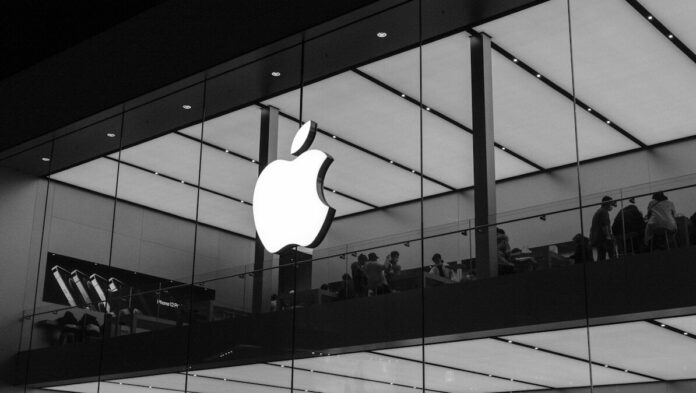Bit by bit, the era of video streaming services underpricing their product to build a customer base is coming to an end.
The latest sign of this comes from Apple’s TV streaming service, Apple TV+, which has just raised its monthly subscription price in the US by 30% to $12.99.
Apple told news media that the new price will be in effect for new subscribers as of Thursday (August 21), and existing subscribers will see the price hike within 30 days of their next billing cycle.
Prices will also be rising in “select international markets”, said the company.
The move still leaves Apple’s pricing well below its primary competitor, Netflix, which charges $17.99 per month for a Standard subscription in the US, although Netflix also has an ad-supported tier available for $7.99. (Apple TV+ doesn’t have an ad tier.)
Nonetheless, Apple TV+ has seen substantial price hikes since it launched for $4.99 a month in 2019.
Apple TV+’s price hike also gives more ammunition to music industry insiders who have long argued that music streaming is underpriced.
Although streaming services – including Apple Music and Spotify – have raised their monthly subscription prices over the past several years, many argue that digital music continues to be underpriced compared to other forms of digital entertainment.
On that front, Apple offers a sort of litmus test, because it also operates a music streaming service. And with the price hike on the TV side, Apple Music is now $2 per month cheaper than Apple TV+.
Is this a reflection of the fact that DSPs still see music as less valuable than video entertainment?
Apple Music hasn’t seen a price hike in the US since 2022, when it raised the monthly subscription price to $10.99 from $9.99.
There may be a variety of reasons behind the rationale for the music/TV price gap, including that music libraries don’t differ much from service to service, while TV shows and movies are exclusive to one DSP.
That means DSPs may see music streaming services as having to be more competitive to attract and retain subscribers.
“While free tiers attract billions of monthly users, their poor contribution to streaming monetization means their primary purpose is to convert users into paying subscribers.”
Another reason is that many music streaming services offer a free ad-supported tier (Apple Music is not among them). That means they compete not only with other music streamers but also with their own free version, in effect depressing prices for premium tiers.
That’s one reason why several voices in the music industry, including Sony Music Group Chairman Rob Stringer, have long argued that ad-supported tiers should charge at least a minimal fee.
“While free tiers attract billions of monthly users, their poor contribution to streaming monetization means their primary purpose is to convert users into paying subscribers,” Stringer said last year.
Noting that “the price gap between free and paid has gotten wider in mature markets,” Stringer said he hopes that “our partners close that gap by asking consumers using ad-supported services to additionally pay a modest fee.”
Apple TV+ has developed a reputation for putting out high-quality TV shows, releasing such critically acclaimed titles as Severance, The Morning Show and Slow Horses.
But commercial success doesn’t seem to have followed critical acclaim. According to a report at The Information earlier this year, Apple TV+ is losing more than $1 billion per year. Apple has cut the service’s $5-billion annual budget by some $500 million.
Despite a subscriber base of around 45 million as of 2024, Apple TV+’s smaller content library means it accounts for only around 1% of viewing streaming hours in the US, compared to 8.2% for Netflix, The Information reported, citing Nielsen data.Music Business Worldwide


